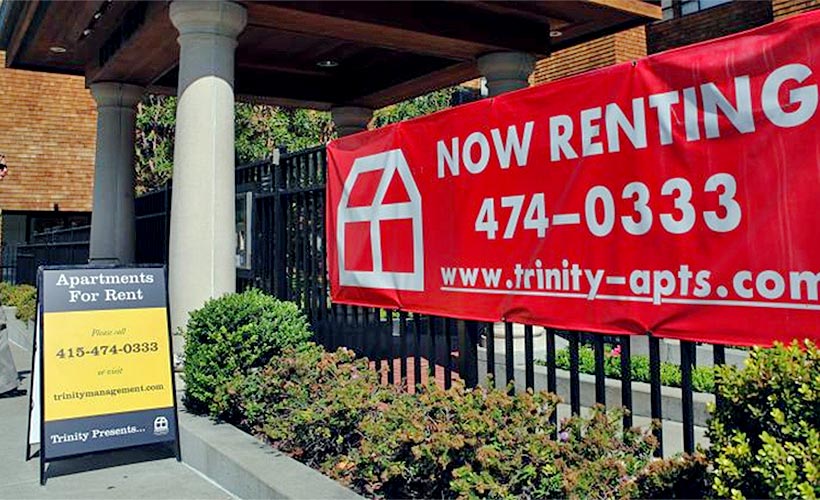Big cities have always seen the highest rents. Big demand and limited supply see to that. Now smaller cities are falling in line, seeing rents rise faster than those in even some of the hottest markets. The reason is rising demand. As employment improves, new households are finally being formed again, and they are all renter households. The home ownership rate is still falling.
The national apartment market saw its strongest January of the post-recession period, with rents rising 4.9 percent annually and occupancy at 94.6 percent, according to Axiometrics, an apartment research firm.
While California markets still lead the nation in high rents, smaller cities are jumping. January’s fastest-growing rental markets included Denver; Kansas City; Nashville; Portland, Oregon; and Charlotte, North Carolina, according to Zillow.
Rents in these markets, while not the highest in the nation, saw some of the biggest annual increases in the nation. Kansas City rents, for example, rose 8.5 percent in January from a year ago, according to Zillow. That’s more than twice the national rate and a bigger jump than rents in major cities such as Boston, Seattle, and even Los Angeles.
“Rental appreciation has been a freight train these past few years, chugging along without any appreciable slowdown. Since 2000, rents have grown roughly twice as fast as wages, and you don’t have to be an economist to understand why that is hugely problematic,” said Zillow’s chief economist, Stan Humphries.
Rental demand is being driven by several factors. First and foremost is household formation, largely younger workers moving out on their own, leaving parents and roommates behind. In smaller markets, that change is having more dramatic consequences on housing.
“Some of the smaller markets have seen less supply than some of the larger markets have during this apartment cycle,” said Stephanie McCleskey of Axiometrics. “High occupancy rates coupled with steady job growth and a limited amount of new supply have given property owners the pricing power to continue to push rents.”
Also, younger Americans are simply renting longer, partially because of social, generational preferences and partially because rents are so high and incomes so low that they can’t afford to save for a down payment to buy a home. Finally, the sheer lack of homes for sale is keeping potential first-time buyers on the sidelines, especially because what is for sale is getting pricier.
“The rental market used to be and should remain a stepping stone to homeownership. But given how widespread rental affordability problems have become, the rental market could be acting more like a barrier to buying,” said Humphries.
Rents are rising faster than the national average in Nashville, as the number of for-sale listings are down 20 percent from a year ago, according to Realtor.com. Listings in Kansas City are down 9 percent.
“January’s inventory data suggest a continuation of the tightening trend we identified last month in the December data, and with a shortage of inventory typically comes increased home prices,” said Jonathan Smoke, Realtor.com’s chief economist. “Half of the 200 markets Realtor.com tracks experienced year-over-year price increases of at least 6 percent in January.”
Higher prices keep renters in place, even when it may be cheaper in the end to own than to rent. It’s getting to home ownership, through the credit process and with the down payment, that is just too difficult for so many renters.
Diana Olick | @DianaOlick
Friday, 20 Feb 2015 | 7:00 AM ET
Source: https://www.cnbc.com/2015/02/19/high-rents-trickle-down-to-smaller-cities.html#





